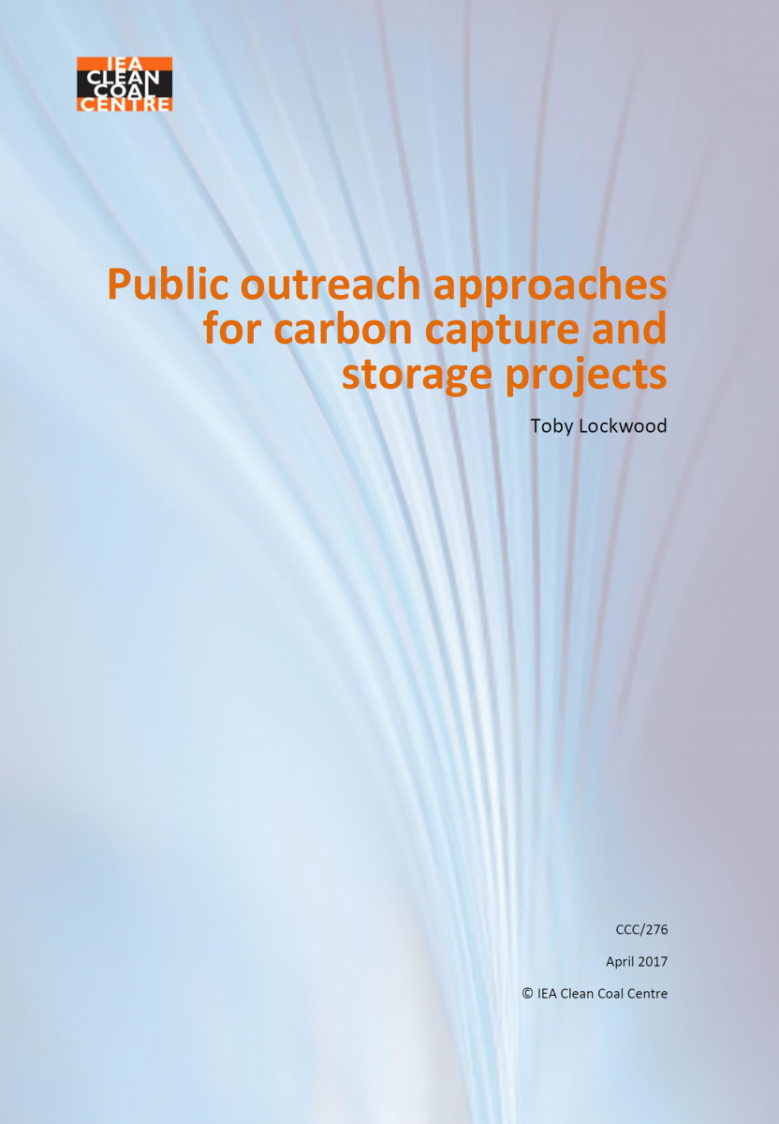Abstract
Following a few early failures of large-scale carbon capture and storage (CCS) demonstration projects due
to public opposition to the technology, a considered public communication strategy is now regarded as an
essential factor in the success of any prospective CCS project. Most active opposition to CCS has occurred
in parts of Europe, where public fears over CO2 leaks, water contamination, or ‘industrialisation’ of rural
areas have combined with opposition by environmental groups and others to fossil fuels playing any role
in a future energy mix. However, many other projects have since won acceptance or even widespread
support, thanks either to improved public engagement or more favourable local context. Several key
features of a successful communications strategy have been identified, including the need for engagement
early in the process, encouraging and responding to community feedback, building and maintaining trust
in the project developers, and use of a dedicated communications team with clear messages which are
tailored to their intended audience. This report provides a comprehensive review of the public outreach
strategy and results at most notable CCS demonstrations to date, and looks to future challenges for CCS
communication. With the barrier of local acceptance appearing surmountable in most regions, the problem
of making the wider case for CCS as a viable option for climate change mitigation largely remains. This
could potentially be addressed through education initiatives and more effective use of mass media.
| Attachment | Size |
|---|---|
| 3.26 MB |


